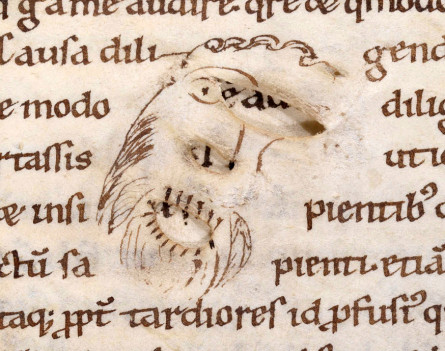

The biggest one is probably that the people of the Christian Byzantine Empire wanted to distinguish themselves from the pagan Western Roman Empire. There are many possible reasons as to why Byzantine art was so different from its Western Roman counterpart despite the people of the Byzantine Empire identifying as Romans.

While Roman Art had a much more realistic approach to the human body, Medieval art was more abstract, with a flatter look and somewhat unrealistic poses. Right: Virgin (Theotokos) and Child between Saints Theodore and George, 6th Century C.E – Image via Wikimedia Commonsįrom the pictures above, it is clear that art had changed drastically during the shift of Rome’s capital to the East. Left: A Roman fresco from Pompeii showing a Maenad in a silk dress, 1st Century C.E – Image via Wikimedia Commons As a matter of fact, there was barely any sculptural work as the Bible prohibited the creation of three-dimensional forms of living things. Byzantine art was characterized by a flat look to the artworks with rather unrealistic poses and anatomy a far cry from the almost human-like statues of the Western Roman Empire. As a result, art from that time period had more influence from eastern artworks, particularly Byzantine art. While the Western Roman Empire was declining, the Roman emperor Constantine I moved the Roman capital from Rome to Constantinople, the site of the old Byzantium 1.

However, plenty of artworks survive today, allowing us to glimpse the cultures and traditions of more than a millennia ago. The Early Middle Ages, also known as The Dark Ages, was a period of instability in Europe after the fall of the Western Roman Empire and is known as such because of the lack of records from that time period.


 0 kommentar(er)
0 kommentar(er)
